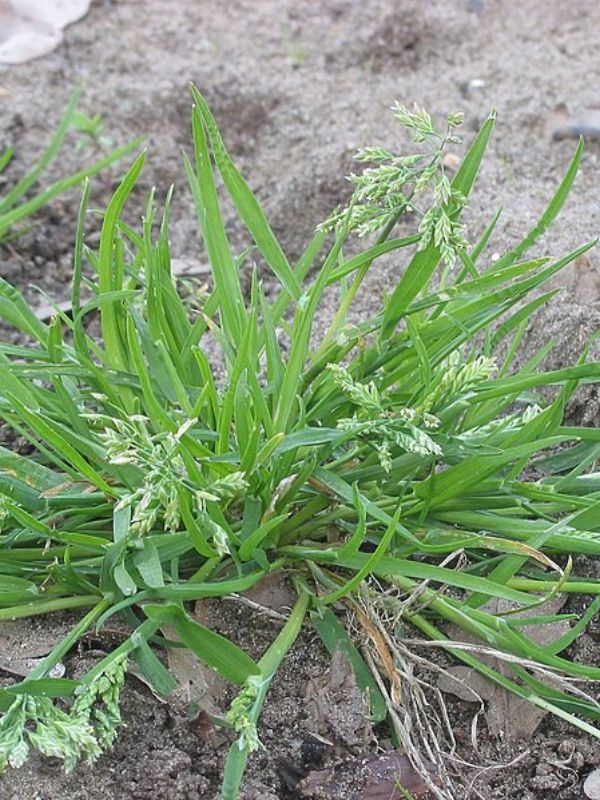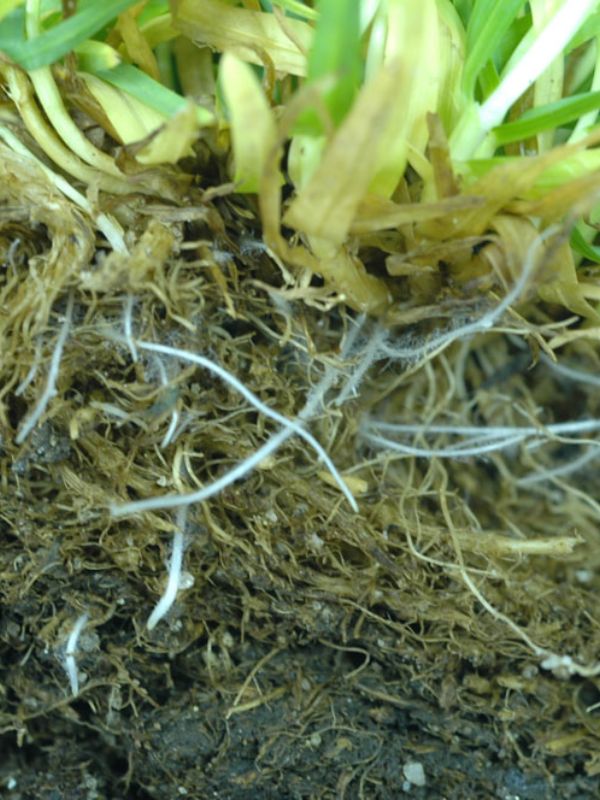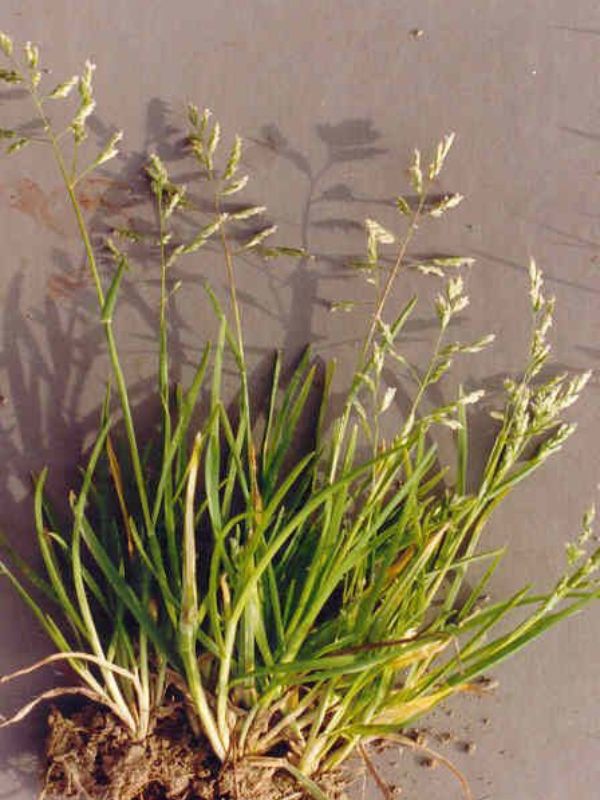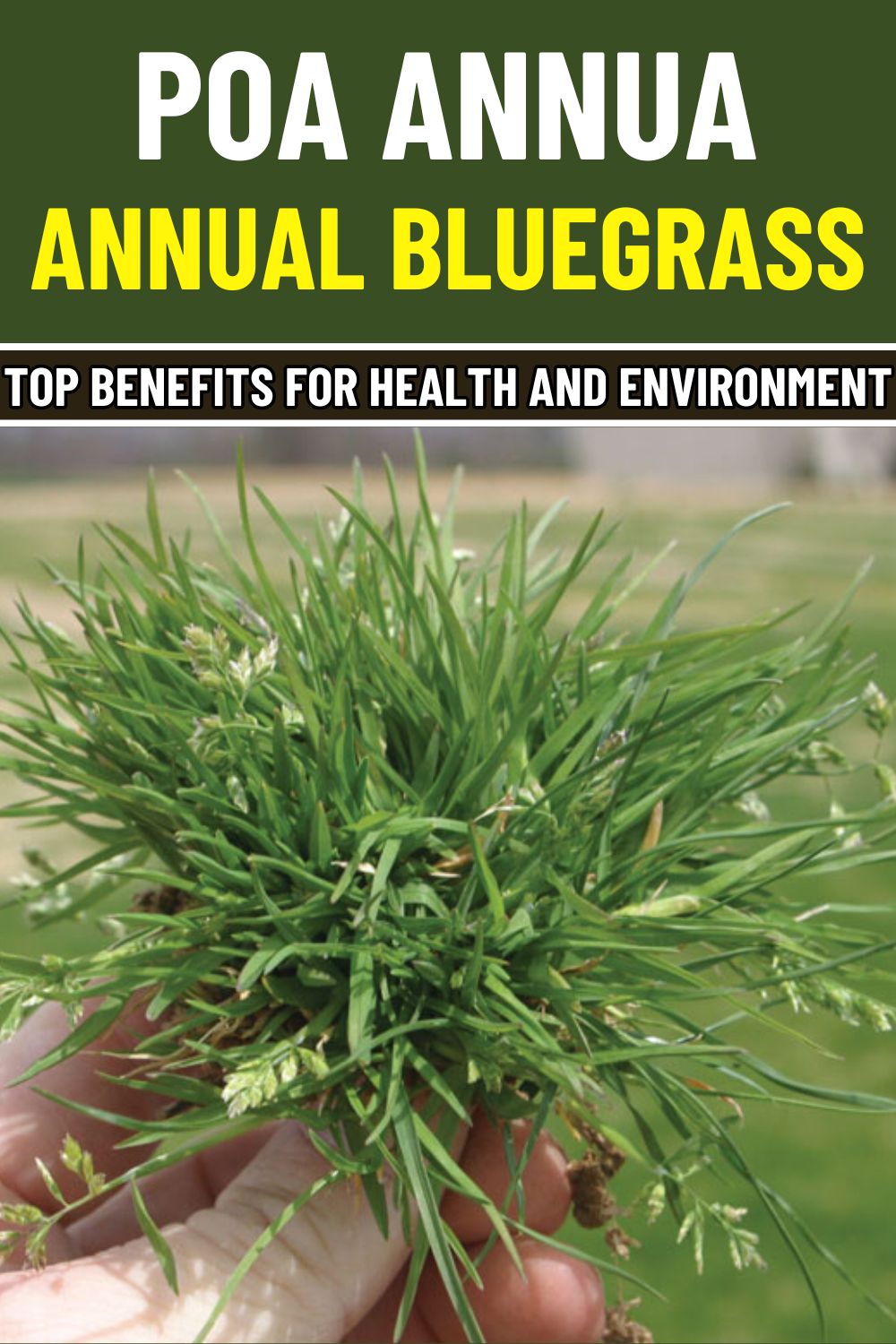Poa annua, commonly known as annual bluegrass, is a fast-growing, versatile plant that has a wide range of uses. Native to temperate regions, Poa annua is often seen as a resilient grass, capable of thriving in various soil types and climates.
While it’s frequently found in lawns and gardens, Poa annua offers more than just aesthetic value it brings environmental, agricultural, and even potential health benefits to the table.
Let’s explore the unexpected benefits of Poa annua, from its ability to improve soil health to its potential for use in medicinal practices.
#1. Ground Cover and Soil Protection
Poa annua acts as an excellent ground cover, protecting the soil from erosion. Its dense growth creates a natural barrier that helps to stabilize soil, especially in areas prone to wind and water erosion.
This grass prevents soil degradation, improves water retention, and supports overall soil structure. In turn, it promotes healthier gardening environments, particularly on slopes or newly disturbed land.

#2. Improved Soil Fertility
Poa annua’s root system plays a crucial role in enhancing soil health. The roots help break up compacted soil, increasing aeration and improving water infiltration.
The roots of Poa annua create a more fertile environment for other plants, leading to better crop yields and healthier garden beds.
Over time, it helps enrich the soil by facilitating nutrient cycling and promoting a thriving ecosystem.

#3. Natural Weed Control
With its rapid growth, Poa annua quickly fills in bare spots in lawns and garden beds. This dense coverage can suppress the growth of weeds, making it a valuable companion plant for gardeners looking to reduce the need for chemical herbicides.
By naturally crowding out weeds, Poa annua provides a safer, eco-friendly option for maintaining healthy garden spaces without relying on chemical weed killers.
#4. Carbon Sequestration
Poa annua, like other grasses, captures carbon dioxide from the atmosphere during photosynthesis. This contributes to reducing greenhouse gases and improving overall air quality.
By growing Poa annua in your garden or yard, you help support efforts to combat climate change by contributing to carbon sequestration, making it an environmentally beneficial plant.

#5. Nutritional and Medicinal Value
Though not commonly used as a food source, Poa annua has potential medicinal applications, particularly in traditional remedies. Some cultures have utilized it for its anti-inflammatory and soothing properties.
Rich in fiber and vitamins, Poa annua has been used in herbal remedies to treat conditions like fevers and digestive issues. While not a primary food source, it may offer additional benefits when prepared in certain herbal practices.
#6. Aesthetic Appeal and Low Maintenance
Poa annua is often used for its lush, green appearance, particularly in cool climates. It thrives in temperate regions, providing an attractive, low-maintenance ground cover for gardens and lawns.
Its ability to thrive in shady or cooler conditions makes Poa annua a perfect choice for lawns that experience fluctuating temperatures or have challenging growing conditions. It adds a rich, vibrant green layer that enhances the beauty of any space.
How to Use Poa annua in Your Garden or Lawn
- Planting and propagation: Poa annua thrives in moist, fertile soils. It’s often used in areas with cooler temperatures and light to moderate sunlight. For a lush lawn, sow the seeds in early spring or fall, depending on your climate.
- Ground cover: For those needing to fill in empty spots or provide protection for the soil, Poa annua serves as an excellent choice for erosion-prone areas. Its rapid growth helps stabilize loose soils.
- Herbal uses: While not a primary food source, Poa annua can be used in certain herbal remedies. Consult with an herbalist for more information on its potential uses for treating mild digestive or inflammatory conditions.

Cautions and Precautions
Poa annua is known for its ability to spread rapidly, which can be problematic in certain ecosystems. Its aggressive growth may lead it to crowd out native species or disrupt local plant communities.
Poa annua can become a problematic weed in well-maintained lawns. If you prefer a uniform, manicured look, you may need to manage its spread or control it with regular lawn care practices.
If Poa annua begins to overtake your lawn, mow regularly and consider using natural methods to control its spread.
Disclaimer
This article is for informational purposes only and should not replace professional medical or agricultural advice.
Always consult a healthcare provider or gardening expert before introducing new plants into your garden or diet, especially if you are unfamiliar with their full range of effects and uses.

The Surprising Benefits of Poa annua: Nature’s Ground Cover and More
